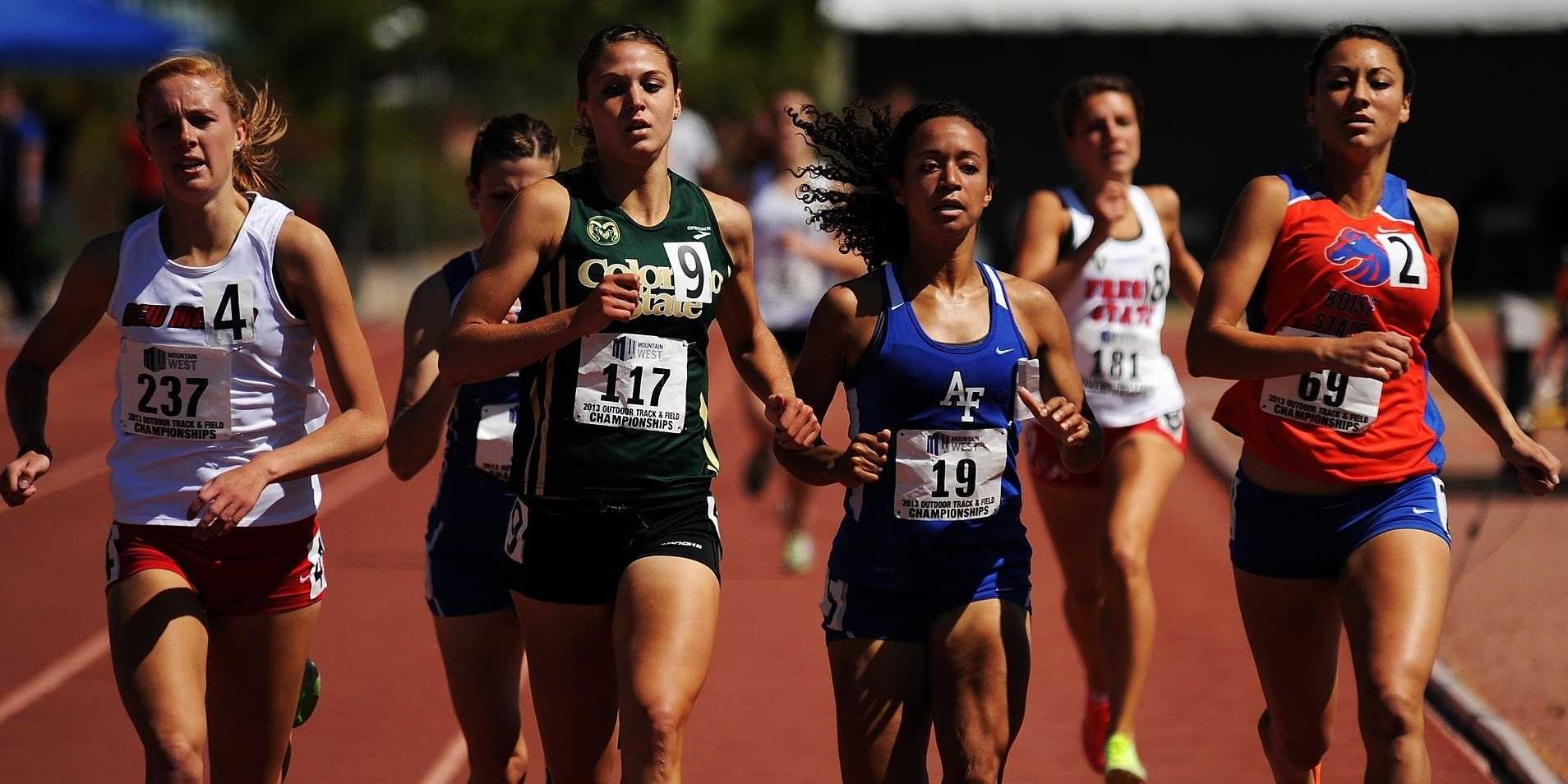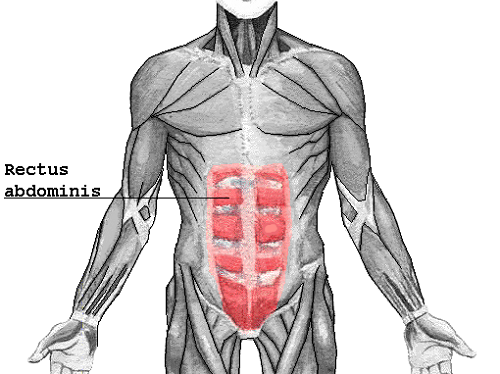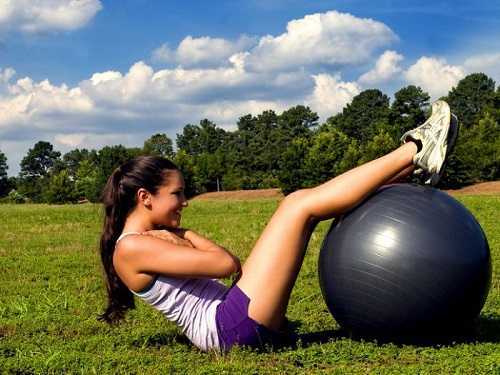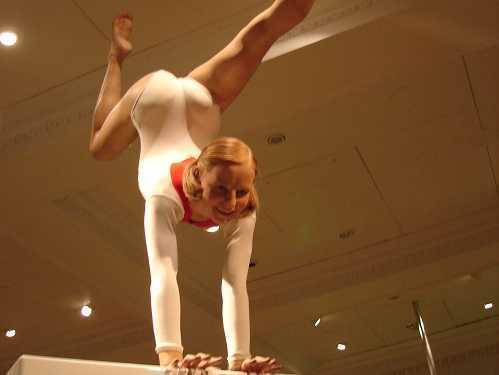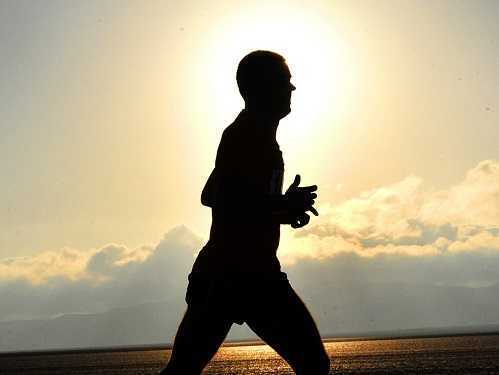Price: $425
Experience Level: Beginner
Contact Hours: 14 |
This two-day course, developed by an instructor with extensive experience working with professional athletes, will cover an evidence-based, immediately-applicable skills related to pelvic floor rehabilitation for the athlete, covering treatment philosophies for the pelvis and pelvic floor and global considerations of how these structures contribute to human movement. Topics covered will include urinary incontinence, as well as the intricacies of athletic movement and how energy transference throughout the kinetic chain is crucial to rehabilitation approach, injury prevention and high performance. This course will also cover biomechanics behind human movement of the lumbopelvic-hip complex so the participant will be able to prescribe effective and innovative therapeutic exercise programs. The connection of how pelvic rehab influences LE pathologies such as ACL, PFP and chronic ankle instability will be covered. Although this class has a focus on athletes, these concepts of biomechanics and movement patterning are applicable to all patients in the clinic
Participants in this course will be sent several prerecorded lectures to view before the course, and the interactive Zoom meeting will focus on exercise videos and follow-along exercises led by the instructor, followed by question and answer after each exercise is instructed. Participants will want adequate space to perform exercises while following along on the screen.
This course has been designed to bridge the gap between the sports/orthopedic clinician (certified athletic trainers included) and the experienced pelvic health practitioner and is designed to provide both demographics a challenging and engaging learning experience with a the goal of expanding the general sports and ortho clinician’s understanding of the pelvic floor, as well as challenging the advanced pelvic health therapist to expand their treatments to encompass three-dimensional movements and offering them an arsenal of therapeutic exercises beyond simple local type exercises. Following the course, clinicians who choose not to pursue an advanced clinical skill set of a pelvic health therapist will have a more confident understanding of when a referral to a pelvic health clinician is appropriate. Both groups will leave this course with additional tools for their clinical tool box related to manual therapy and exercise.
Prerequisites
None. This is a beginner-level course.
Pre-Course Learning Requirements
10-14 days before the course, participants will receive an invite to join Teachable, an online learning platform. In Teachable, registrants will find video lectures, other pre-course learning materials, course manual files, mandatory liability waiver, and URLs for any Zoom meetings. We require registrants to complete teachable components in sequential order. Videos lectures are required and must be completed in-full before proceeding to the next Teachable section. At the conclusion of the course, registrants can access their post-test and course evaluation form to provide our curriculum team feedback on their experience, as well as download their certificate of completion - all via Teachable.
Audience
This continuing education seminar is targeted to physical therapists, occupational therapists, physical therapist assistants, occupational therapist assistants, registered nurses, nurse midwives, and other rehabilitation professionals. Content is not intended for use outside the scope of the learner's license or regulation.
Required Supplies
This remote course will include exercises led by the instructor on a Zoom meeting. In order to fully follow along, participants will need to make an exercise system which consists of: an 8-foot yoga strap with a D-ring on the end, and 8-feet of theratubing (red, blue or green will work, choose a challenging color that will not be too challenging for two days of exercise). Participants will need to anchor their bands to something that won’t move, like a door jam. Theraband may work as a substitute, but theratubing is recommended. In addition, participants will need: a yoga block and a small step or box to use for a step up exercise, and a couch cushion or something that will work like an Airex pad on which to kneel. If possible, exercising in front of a mirror in addition to the computer screen will be helpful.


